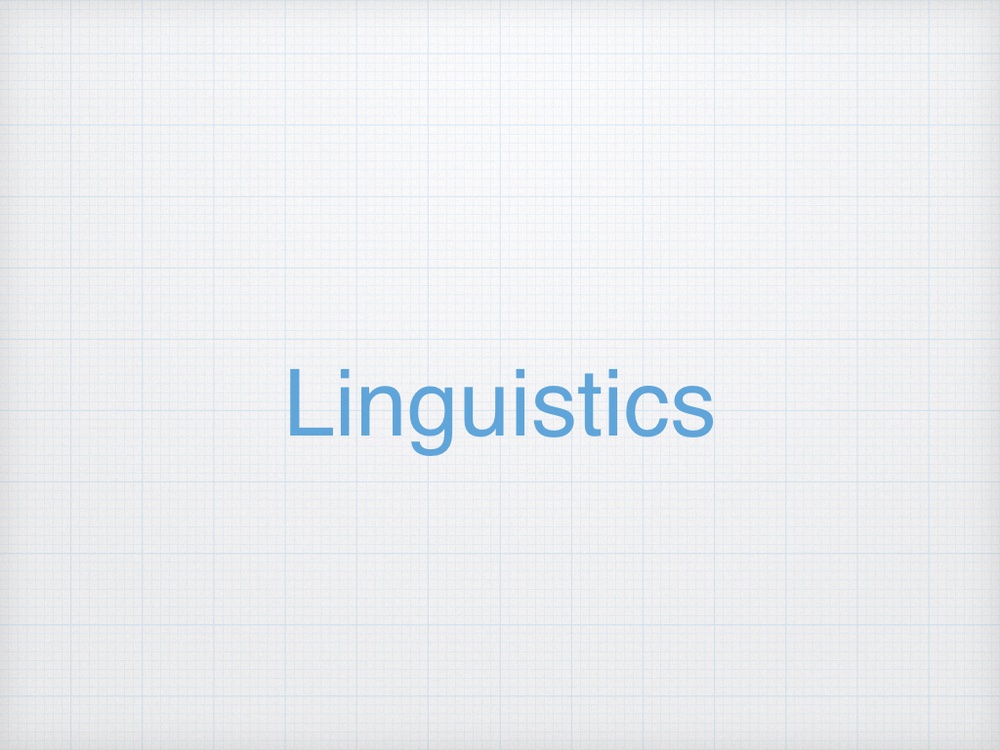スキーマ性
以前の投稿で, 語彙の研究は, 今なお発展途上であることをまとめていたが, 一口に語彙と言っても, 実際は非常に細かな使用方法の切り分けを我々は無意識の内に行っている. 例えば語彙においては,外観を示すような粒度の荒いものから個別の事象を指すような具体的で粒度の細かいものまで様々な語彙が存在している. Langacker (2008)はこういった事象をschematicity (スキーマ性) として, 次のように分類している.
A second parameter along which they vary is schematicity, or its converse specificity, pertaining to the precision and detail of their characterization. From taxonomic hierarchies like those in (5), it is evident that lexical items run the full gamut semantically from highly schematic, coarse-grained descriptions to those of a specific, fine-grained nature:
(5) (a) thing → creature → animal → dog → poodle
(b) do → act → propel → throw → fling
(Langacker, 2008, p. 19)
生成文法では例えば名詞において, ここまで細かい分類分けせず名詞は名詞として扱うことが一般的に多い. こういった事情を踏まえるとより細かい語彙の研究においては認知言語学から学ぶことが大いにあるであろう.
参考文献
- Langacker, R. W. (2008). Cognitive grammar: A basic introduction. Oxford University Press.

